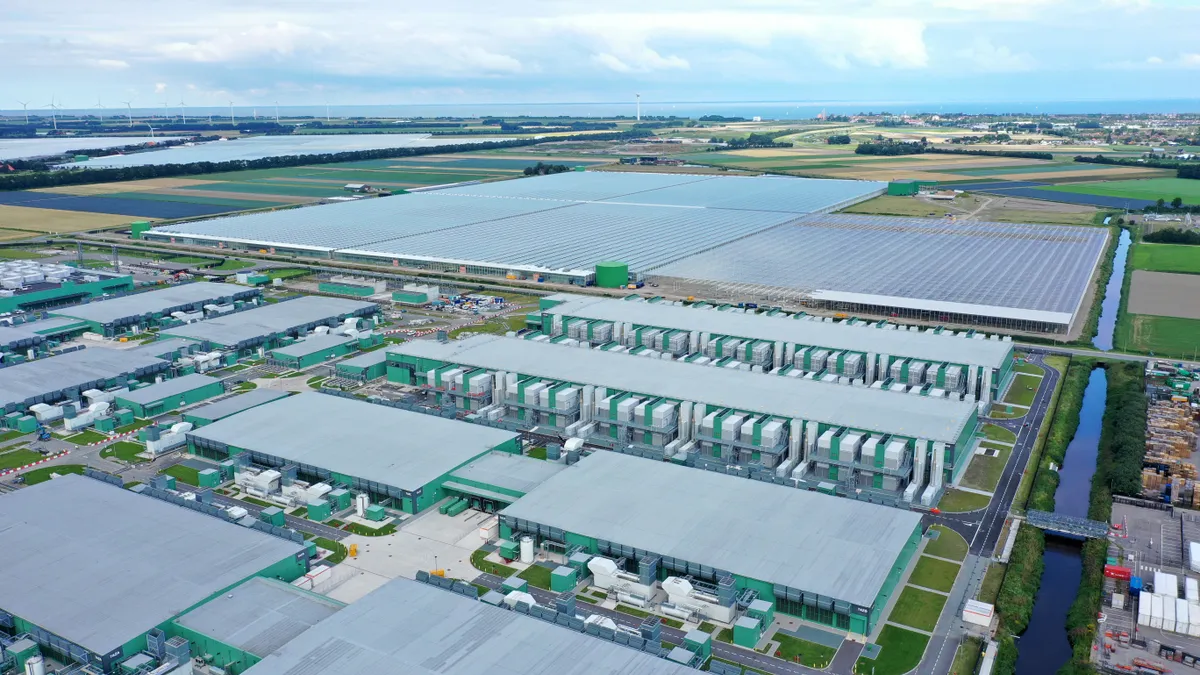Dive Brief:
- Hyperscaler demand for AI servers more than tripled GPU and accelerator revenues in 2023, according to a year-over-year analysis by Dell’Oro Group. The telecommunications and networks market research firm said AI silicone hardware revenues grew 224% last year.
- In response to enterprise enthusiasm for large language model technologies, cloud providers embarked on AI data center build outs at a scale that pushed revenue for graphics processing units above central processing units for the first time since Dell’Oro began reporting on the market in 2018.
- Overall investment in data center infrastructure was $260 billion, reflecting a modest year-over-year increase of 4%. “Hyperscaler CapEx has gone up substantially, whereas enterprises’ CapEx has been trending downwards as more users shift workloads to the cloud,” Baron Fung, senior research director at Dell’Oro, told CIO Dive. “That trend will continue but is approaching an equilibrium point at which some workloads will always exist on premises.”.
Dive Insight:
The large cloud providers have taken a two-pronged approach to infrastructure, extending the useful life of existing CPU servers and networking equipment to save money while spending on new GPUs and other AI-optimized processors.
AWS, the largest hyperscaler, is the pack leader in infrastructure investment, according to an analysis by Bloomberg. The company reportedly pledged $148 billion to build and operate its global network, an investment expected to span the next 15 years.
Google and Microsoft have also committed to expansion plans in recent earnings calls, although the two companies did not break out data center investments from other capital expenditures. Oracle upped the ante, making data center expansions at centerpiece of its strategy to compete with its larger cloud rivals.
“The data center CapEx growth is quite distributed among the hyperscalers,” Fung said, noting that most will increase spending by 10 to 20 percent this year. Oracle, which pledged to spend $10 billion this year, is still in what Fung characterized as an “early growth phase compared to its peers.”
While major chip manufacturers, like Nvidia, Intel and AMD, are ramping up production, shortage concerns remain. Generative AI usage will likely speed up refresh cycles as suppliers strain to keep up with demand.
“With major product updates every two years, this market demands frequent infrastructure replacements, leading to higher capital investments,” Fung said.













